Laura Knight in 5 Paintings: Capturing the Quotidian
An official war artist and the first woman to be made a dame of the British Empire, Laura Knight reached the top of her profession with her...
Natalia Iacobelli 2 January 2025
17 January 2024 min Read
When thinking of a self-portrait, the famous names and artworks of Dürer, Rembrandt, or Van Gogh probably come to mind. Here is your chance to discover five self-portraits you probably haven’t seen before and you should – they’re created by both professional and amateur women artists from different periods in history.
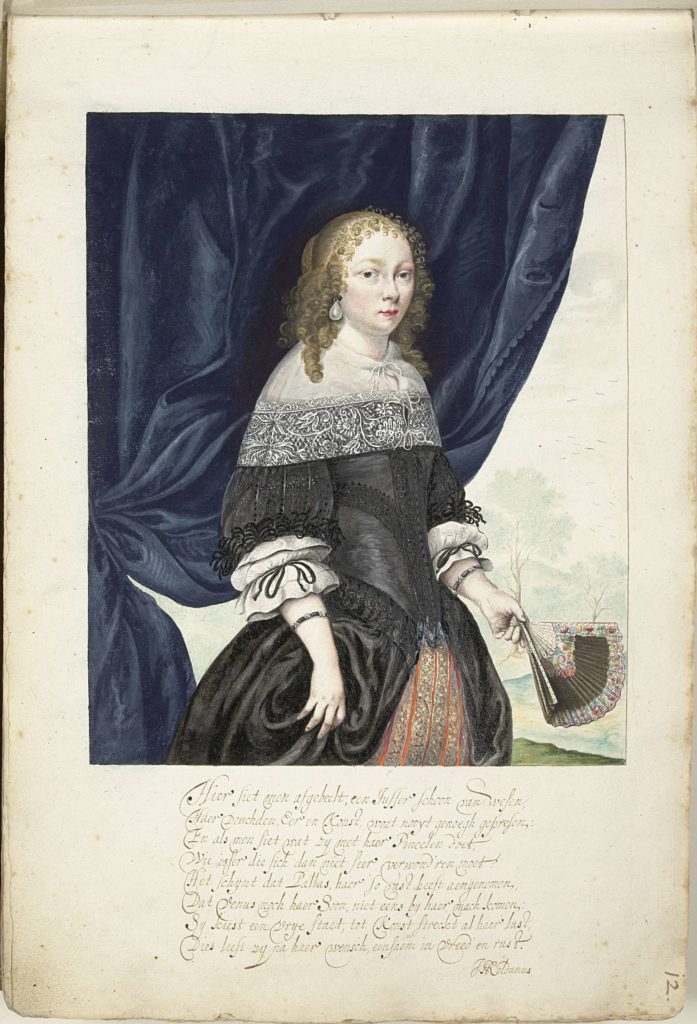
Gesina ter Borch (1633–1690) was a Dutch Golden Age illustrator, watercolorist, and draftswoman. Her artworks consisted mainly of domestic scenes. She was born into an artistic family and developed her art skills by learning from her father Gerard ter Borch the Elder, along with her brothers Harmen and Moses and her half-brother Gerard ter Borch (II). She was also Gerard’s favorite model. While very talented, Gesina was an amateur. That’s why, during her life, her art didn’t reach far beyond the domestic circle. Along with painting she also wrote poetry.
In this self-portrait, she’s holding a fan, considered an exotic fashionable accessory that the Dutch East India Company started importing from China at that time.
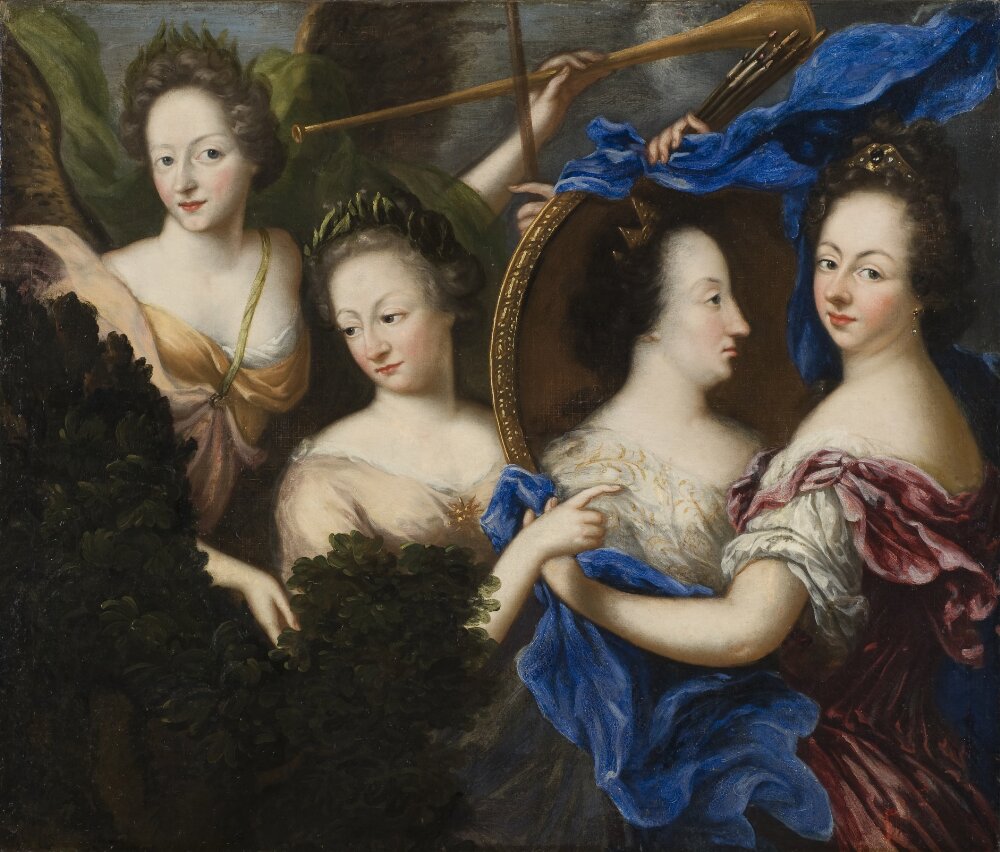
Amalia “Emilie” Wilhelmina Königsmarck (1663–1740) was a member of a German-Swedish noble family. She was known as an amateur painter, actor, and poet. This painting depicts four female figures: the right figure with a handful of brushes is probably Amalia von Königsmarck herself. She presents a profile portrait of Ulrika Eleonora of Denmark, the Queen consort of Sweden. The female figure wearing a laurel wreath, pointing to the royal portrait is Amalia’s sister, Aurora. Behind her, Fama the goddess of rumor and reputation is surveying the scene.
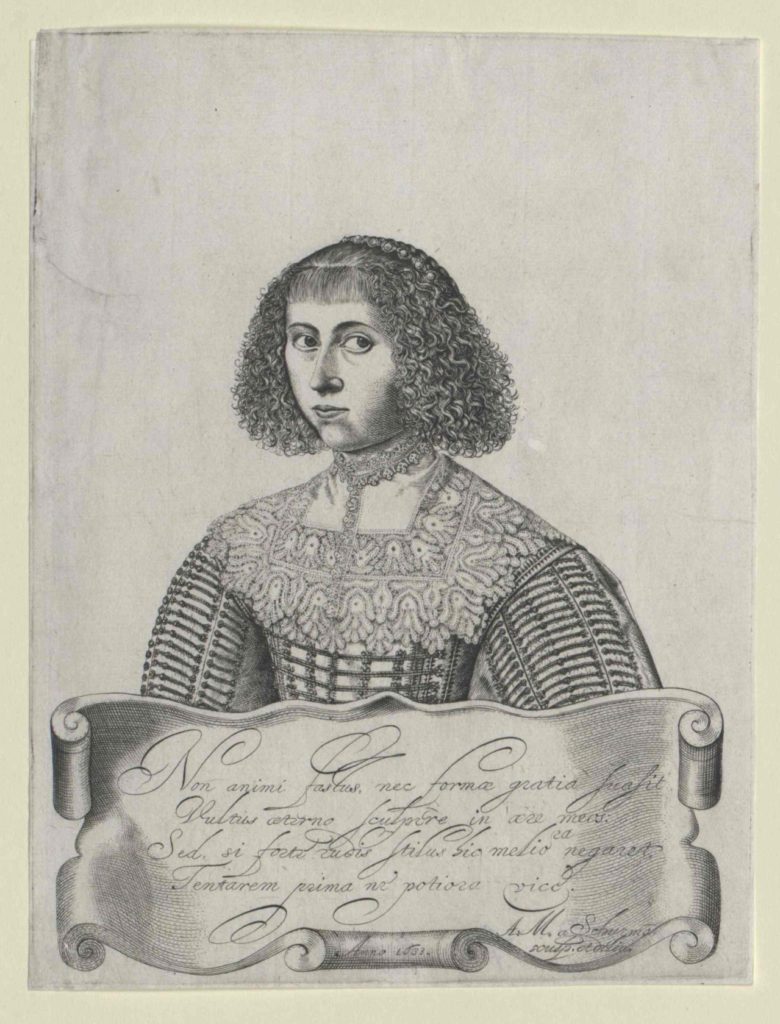
Anna Maria van Schurman (1607–1678) was a 17th-century German-born, Dutch artist known for her paintings and engravings. In 1636 she studied at Utrecht University, becoming the first female university student of Europe. She is also the first known Dutch painter to use pastels in a portrait. She gained honorary admission to the St. Luke’s Guild of painters in 1643, signaling public recognition of her art.
In addition to her visual art, Schurman was a poet and scholar and was proficient in 14 languages.
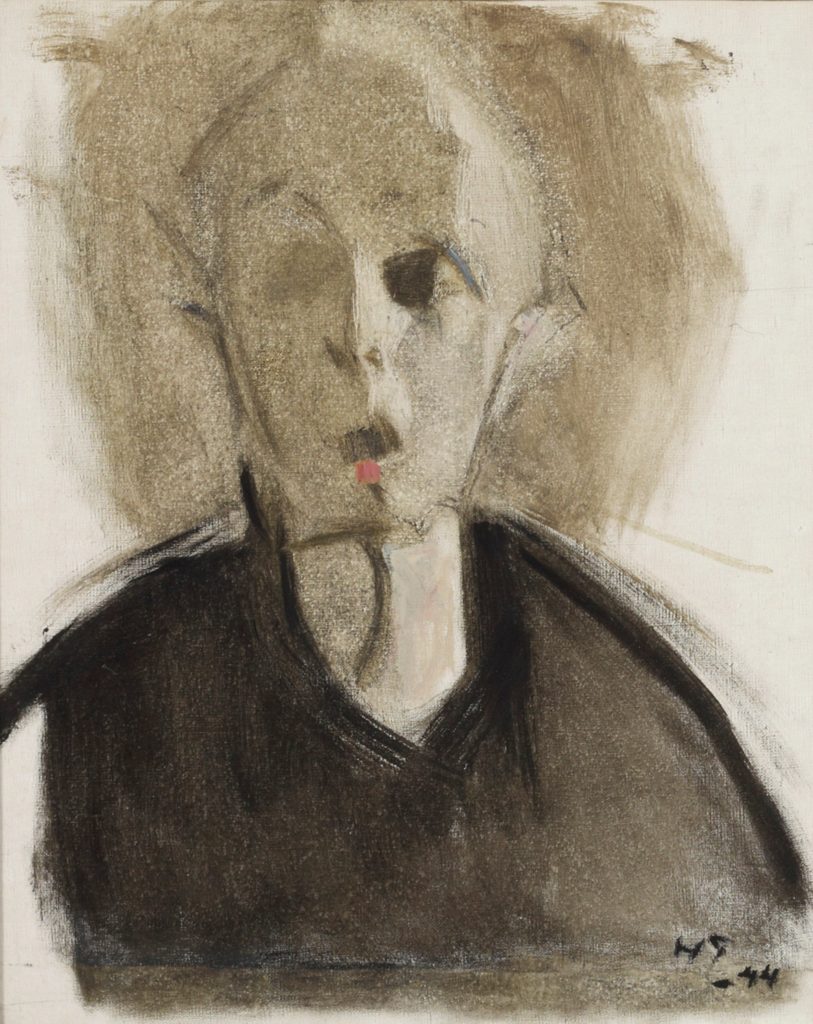
Helene Schjerfbeck (1862–1946) created over 40 self-portraits throughout her life. The older she became, the more isolated she was. For lack of models, she painted herself. Her later portraits reveal her own physical deterioration with shocking honesty.
But the exhaustion of old age is something completely different—liberating, too, because you can let things go their own way, and are left with nothing but the sensitivity of the brush.
– From a letter to Einar Reuter, November 28, 1926.
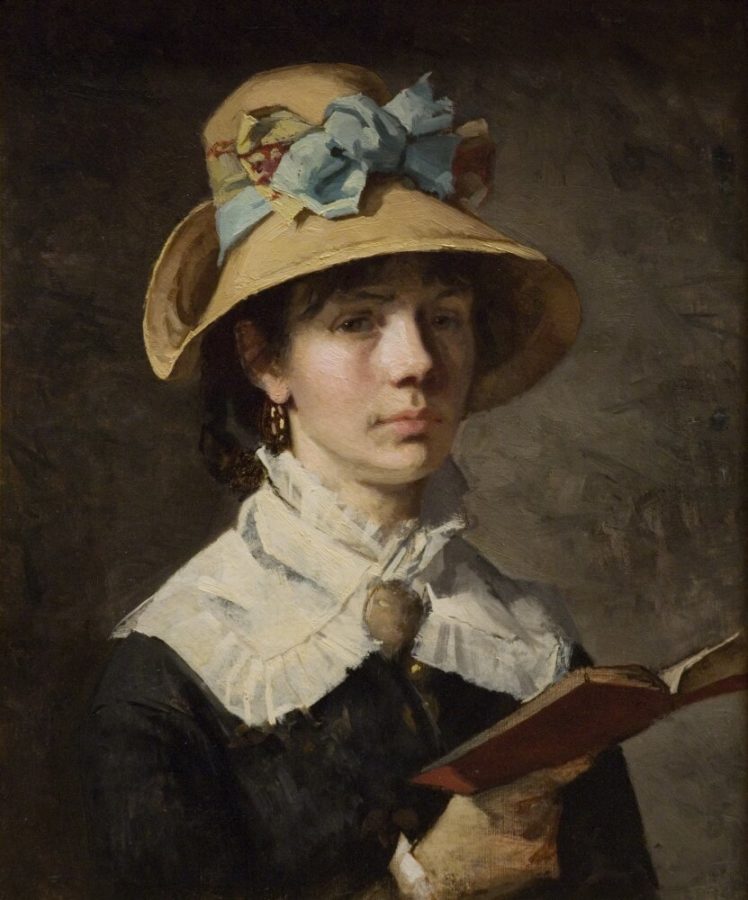
Amanda Sidwall (1844–1892) was one of the first 18 students in the “Women’s Department” when the Royal Swedish Academy of Fine Arts formally opened its doors to women in 1864. In 1874 she went to Paris to continue her studies at the Académie Julian. Sidvall received good reviews in her lifetime and became an established artist. At the Paris Salon of 1877, two of her paintings were sold to the French state. This self-portrait in a hat with a blue silk bow was painted while she was still a student at the Stockholm Academy.
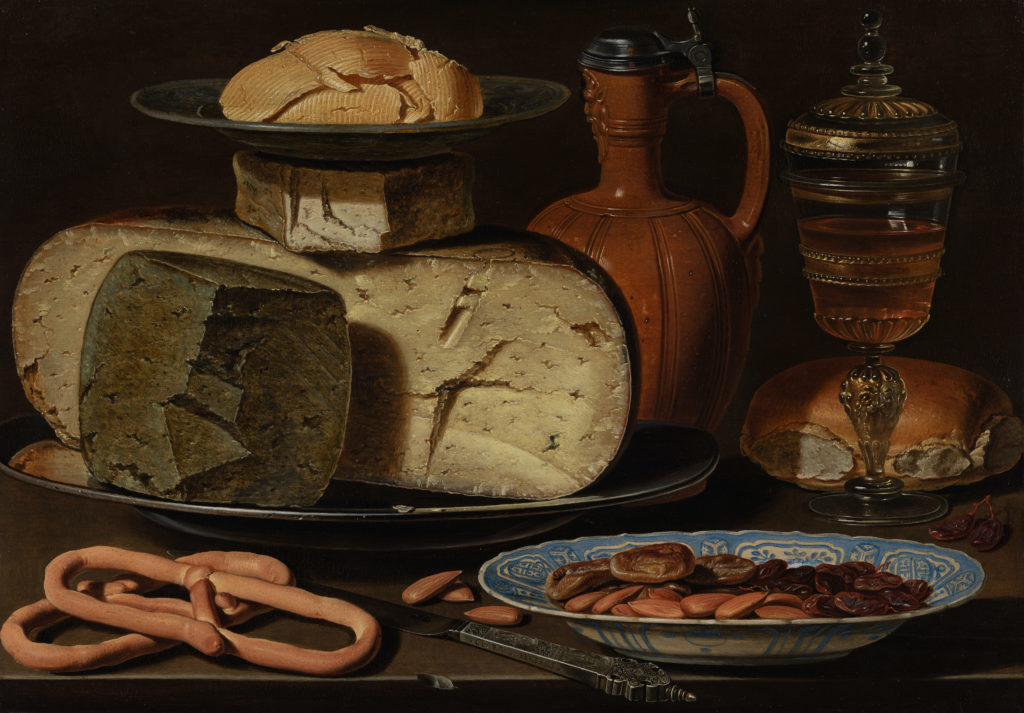
No, we haven’t made an error by putting the wrong image in the article. This still-life does contain a self-portrait of the painter. Can you find it? In the pewter lid of the earthenware jug, you can see the reflection of a woman’s face with a white cap. This is Clara Peeters.
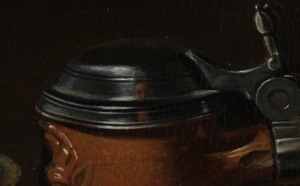
DailyArt Magazine needs your support. Every contribution, however big or small, is very valuable for our future. Thanks to it, we will be able to sustain and grow the Magazine. Thank you for your help!